 Esperanto
Esperanto
 Shqiptare
Shqiptare
 Euskara
Euskara
 Zulu
Zulu
 Latinus
Latinus
 Cymraeg
Cymraeg
 தமிழ்
தமிழ்
 Slovak
Slovak
 Slovak
Slovak
 Afrikaans
Afrikaans
News Center
What is SCSI Small Computer System Interface ?
Publish:
2022-08-29 17:20
Source:
www.premier-cable.net
What is SCSI Small Computer System Interface ?
Small Computer System Interface ( English: Small Computer System Interface; abbreviated: SCSI) , an independent processor standard for system-level interfaces between computers and smart devices (hard disks , floppy drives , optical drives , printers , scanners , etc.).
It is an intelligent general-purpose interface standard that has the ability to communicate with many types of peripherals. SCSI uses the standard software interface of ASPI (Advanced SCSI Programming Interface) to enable the drive to communicate with the SCSI adapter installed inside the computer.
SCSI interface is widely used in high-speed data transmission technology on minicomputers. The SCSI interface has the advantages of wide application range , multitasking , large bandwidth , low CPU occupancy , and hot plugging.
A host adapter and eight SCSI peripheral controllers can be connected to the SCSI bus , and the peripherals can include disks , tapes , CD-ROMs , rewritable CD-ROM drives , printers , scanners , and communication devices.
SCSI is a multitasking interface with bus arbitration. Multiple peripherals attached to a SCSI bus can work simultaneously. Devices on SCSI occupy the bus equally.
The SCSI interface can transmit data synchronously or asynchronously , the synchronous transmission rate can reach 10MB/s , and the asynchronous transmission rate can reach 1.5MB/s.
There are two types of SCSI connectors: built-in and external.
The appearance of the built-in data cable is the same as that of the IDE data cable , but the number of pins and specifications are slightly different. It is mainly used to connect the optical drive and the hard disk. The 40-pin IDE cable has 40 wires , the 40-pin ATA66 has 80 wires , and the SCSI built-in has 40 wires. 50 stitches , 68 stitches and 80 stitches.
As for the SCSI external data cable , there are the following specifications , and their densities are not the same , don't make a mistake.
Low-Density , 50-pin , Male External
Low-Density , 50-pin , Female External
High-Density , 50-pin , Male External
High-Density , 50-pin , Female External
Low-Density , 50-pin , Male Internal
Low-Density , 50-pin , Female Internal
High-Density , 68-pin , Male External
High-Density , 68-pin , Female External
High-Density , 68-pin , Male Internal
High-Density , 68-pin , Female Internal
VHDCI , 68-pin , Male External
VHDCI , 68-pin , Female External
MDR Cable 14 Pin to 26 Pin
MDR 50 Pin Cable Connector
SCSI cable VHDCI to HPDB50
VHDCI 68 Pin Cable MDR SCSI
LFH160 to 50-Pin D-SUB Cable
Tel : 0086-0139-2949-7934
Skype : james198585
Email : James@premier-cable.net
Email : sales@premier-cable-mfg.com
Website : www.premier-cable.net
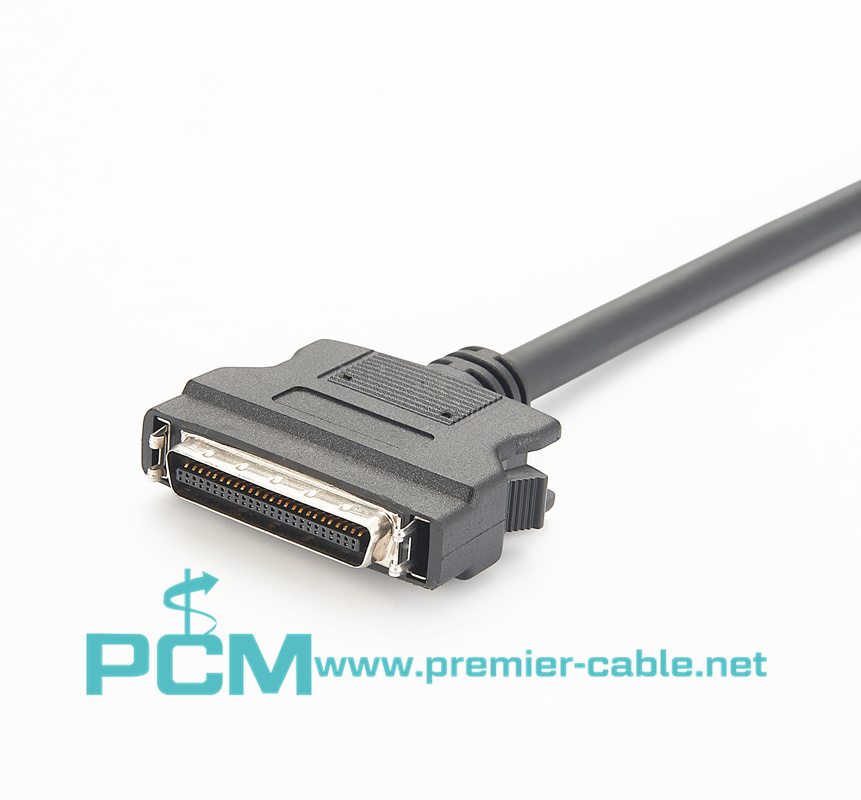
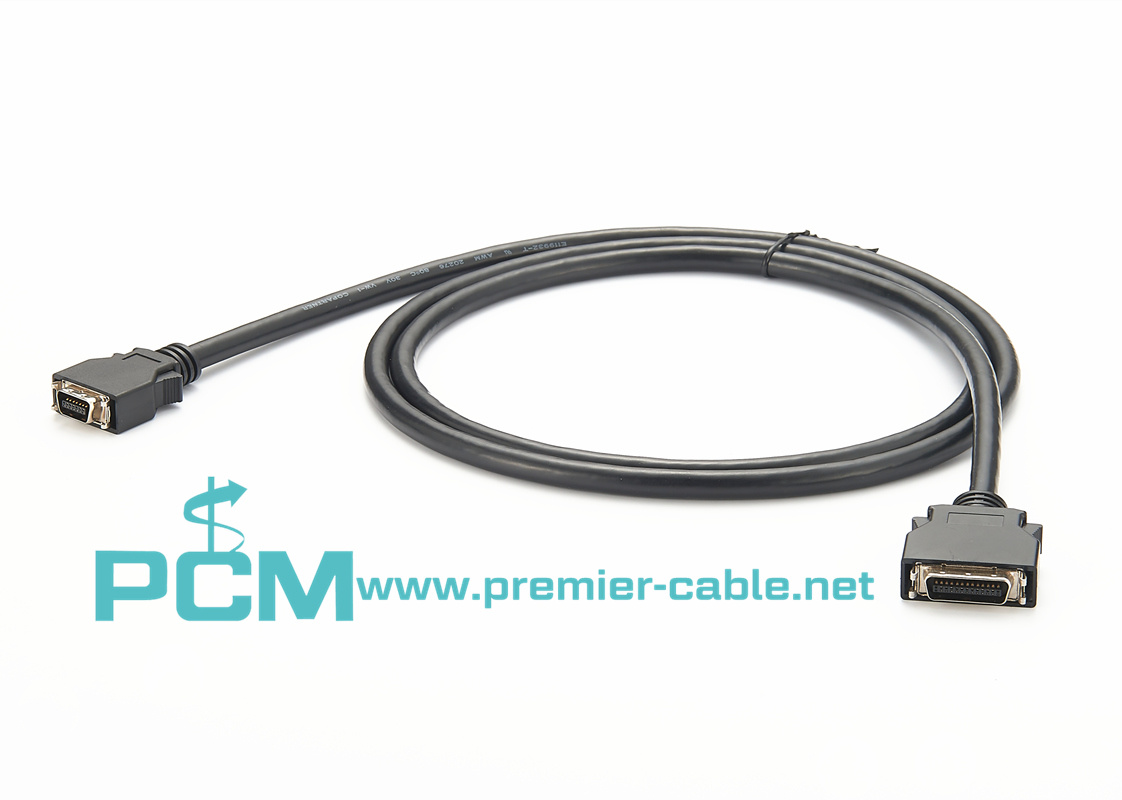
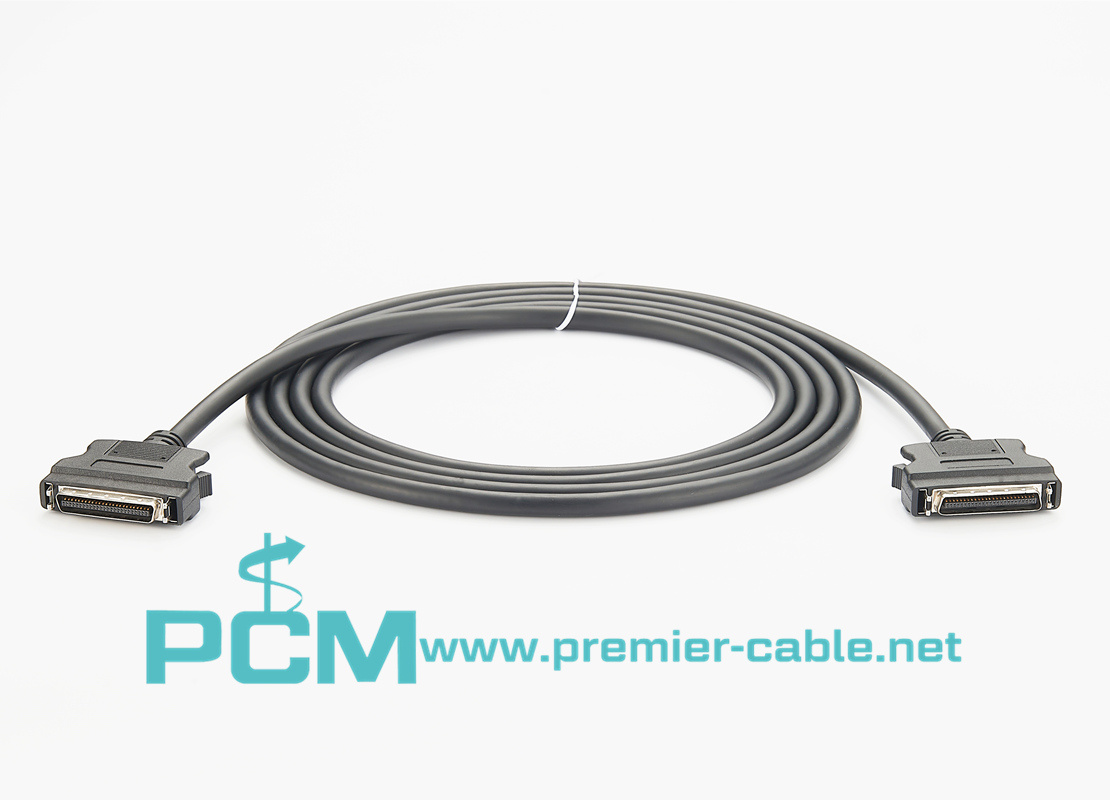
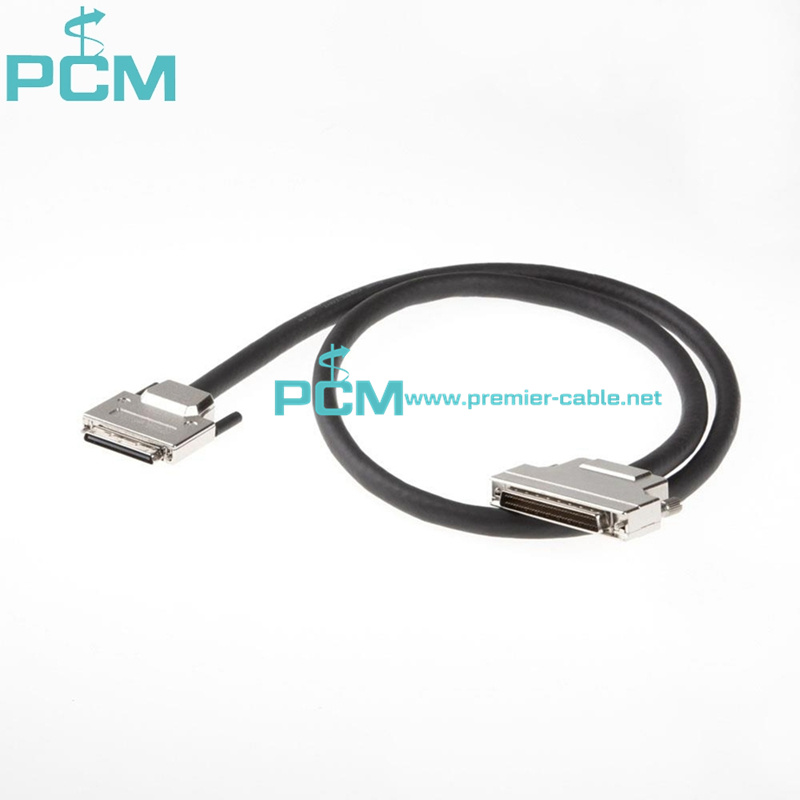
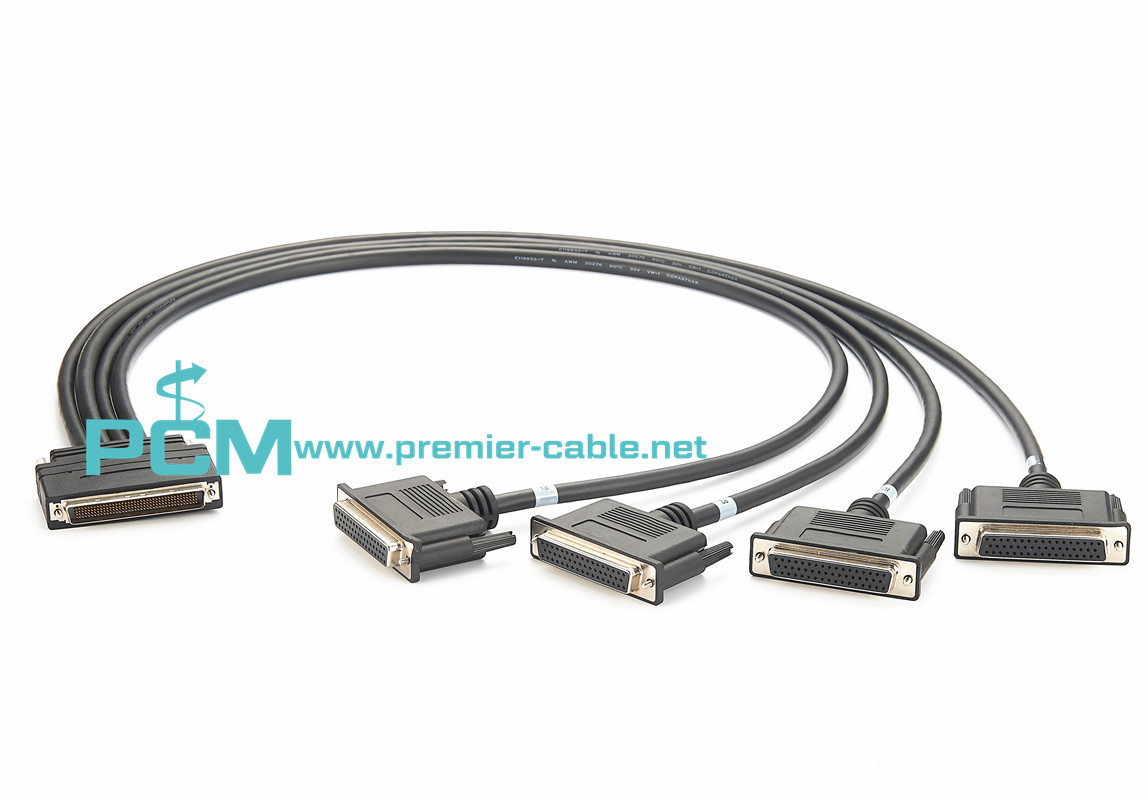
Related News
What is a terminal block used for?
While there are many factors to consider when designing an overall system, terminal blocks are an optimal solution for complex electrical system connections. With a variety of color options and configurations, Premier Cable’ terminal blocks offer a range of options to meet your design challenges.
CAN-bus has been widely used in various automation control systems. For example, CAN-bus has incomparable advantages in various fields such as automotive electronics, automatic control, smart buildings, power systems, and security monitoring.
Introduction to M12 connector pin coding
M12 encoding types are A encoding, B encoding, D encoding and X encoding. A-code, B-code and X-code are some of the earliest developed and longest-available M12 connectors. The latest M12 coding types currently under development are K coding for AC and L coding for PROFINET DC.
Cables – What are the correct cable sizes for an NMEA 2000 network?
The three different sizes of NMEA 2000 certified DeviceNet standard cabling are "micro," "mid," and "mini."
What are the advantages of NMEA 2000?
The Premier Cable Starter Kits provide everything you need to get to create a basic NMEA 2000 network from scratch.
The role of DeviceNet terminal resistor
DeviceNet_network is a fieldbus network protocol based on Controller Area Network (CAN). In the DeviceNet network, the terminal resistor plays the role of compensation and protection for signal transmission. The function of the terminal resistor is to eliminate signal reflection and interference and ensure the signal transmission quality.
